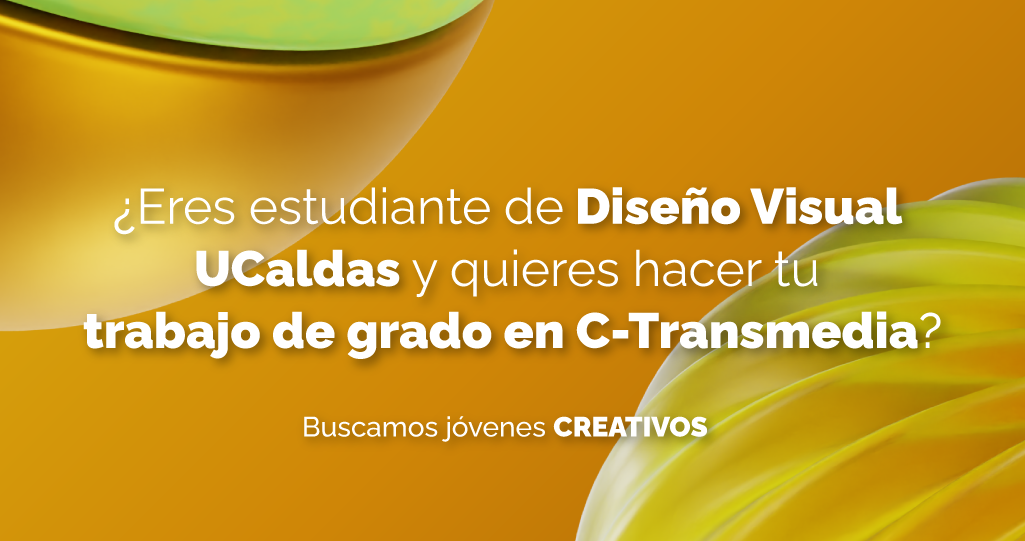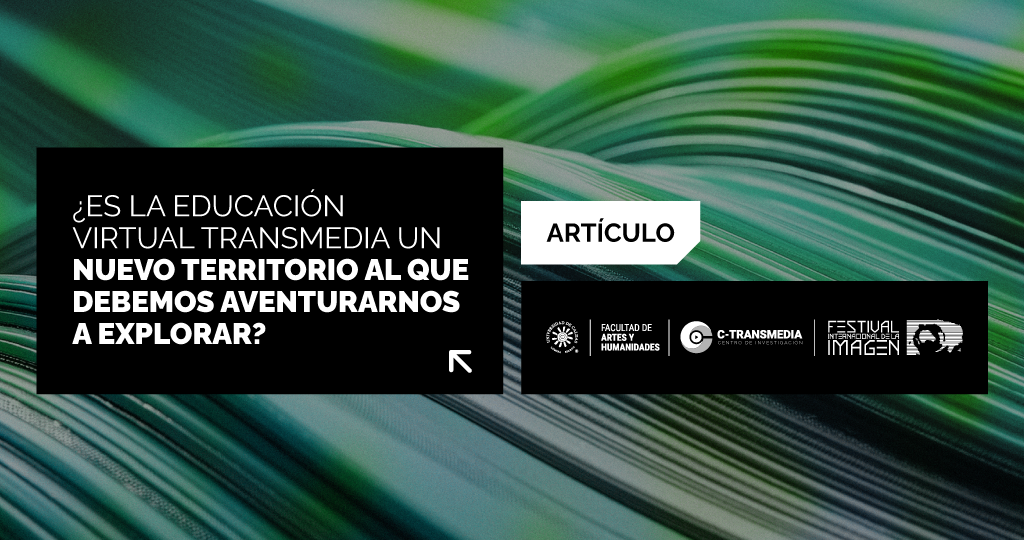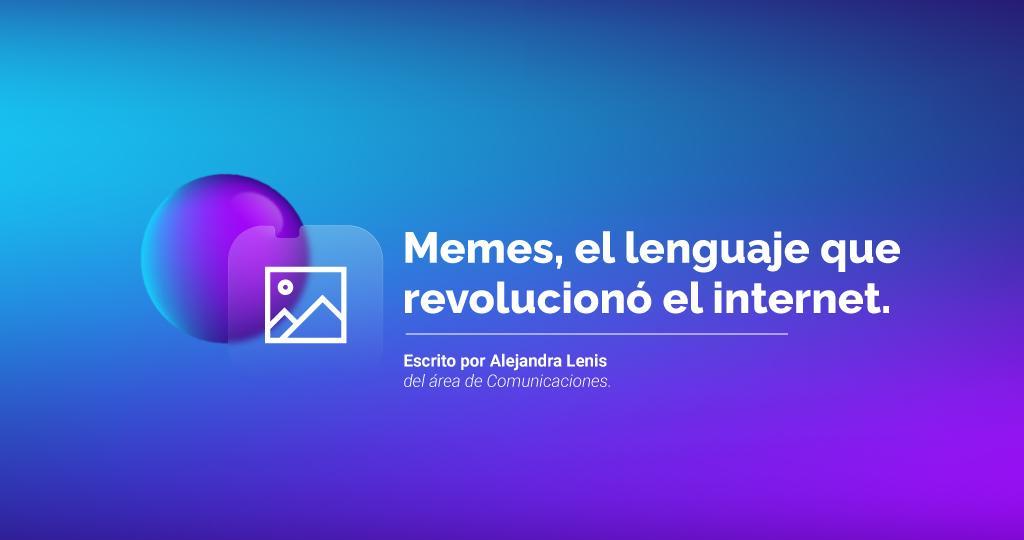
Memes, el lenguaje que revolucionó el internet
Memes, el lenguaje que revolucionó el internet

6.04.2022
Imágenes que formaron a la humanidad y transformaron las comunicaciones
¿Cuándo escuchó la humanidad por primera vez la palabra meme? Muchos podríamos decir que es una de esas palabras que define la modernidad; cualquier error político o de un artista se convierte en un meme, las frases de nuestros padres o situaciones incómodas o graciosas por las que todos hemos pasado, ahora han invadido el internet. Pero ¿de dónde vienen?, ¿cuándo llegaron?, ¿cuándo se irán?, ¿cuál fue el primer meme?
La palabra meme viene del griego mimema, y quiere decir algo que es imitado. Fue acuñada por primera vez en 1976 por el biólogo Richard Dawkins, pero en realidad los memes existen mucho antes que Dawkins lo hubiese usado en su obra The Selfish Gene. En ella, la palabra meme se plantea como una unidad mínima de transmisión cultural, ya sea de una persona o grupo de personas a otra. En un lenguaje más sencillo, es como nuestro gen cultural, el cual es transmitido de generación a generación, pero presenta variaciones en cada individuo y época.
55 años antes que Dawkins, la revista Judge Magazine publicó en 1921 un dibujo acompañado del texto “como crees que sales en la foto, como en realidad sales”, una imagen no muy alejada de los memes actuales: un dibujo simple y un texto muy cercano a una situación real por la que hemos pasado casi todos.
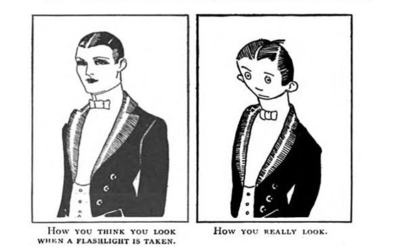
Esta imagen no es considerada por muchos como el primer meme, ya que las características principales y más importantes de los memes es su difusión masiva, un aspecto que por las condiciones de la época y los medios no se pudo cumplir, no obstante, es considerado uno de los precursores de los memes.
Ahora bien, el primer meme publicado en internet salió en 1998 y fue replicado a través de múltiples cadenas de correos electrónicos y blogs, fue adaptado y modificado muchas veces, y su canción como su baile fue interpretado cientos de veces, algo muy característico de las comunidades digitales actuales y de las Narrativas Transmedia. Consistia en un gif de roedores bailando al ritmo acelerado de “Whistle Stop” de Roger Miller.
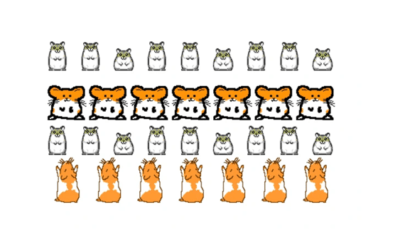
Con el tiempo, en el 2003 empezaron a llegar los memes más virales, los de gatos, compartidos a través de las primeras redes sociales como Hi5 o MySpace, y desde ese momento el internet, las redes y nuestras vidas se llenaron de michis. No es necesario ya escribir mucho o poner un emoji, gif o sticker, un meme dice más que mil palabras, pero ¿qué nos puede decir la ciencia al respecto sobre este cambio en nuestra comunicación?
En el 2015, el Doctor en Diseño, Walter Jose Castañeda, líder del grupo de investigación Estéticas y Sociales en Diseño Visual de la Universidad de Caldas (adscrito al Centro de Investigación C-Transmedia), analizó la relación existente entre los memes y su transmisibilidad en el artículo Los memes y el diseño: contraste entre mensajes verbales y estetizantes. Para ello, Castañeda realizó un trabajo en campo con los usuarios de la página de Facebook “Memes U de Caldas”, estudió cómo ellos entendían, usaban y creaban los memes que circulaban por las redes sociales.
Una de las conclusiones a las que llegó en su investigación fue que en los memes se “obvia cualquier relación que sus componentes pudieran tener con la imagen de la que proceden” , es decir, que la imagen de un gato haciendo lo que usualmente los gatos hacen no tiene nada que ver con la frase y el contexto en la que la hemos puesto, pero en conjunto integran una composición completa que comunica y transmite un mensaje. De manera más amplia, las imágenes en los memes cumplen una función mimética, no presentan un simbolismo ni poseen cualidades estéticas sino que son un referente o complemento del meme total.
Más allá de las imágenes que solemos ver en los memes, el Doctor Castañeda analizó también los aspectos lingüísticos de estos, y al igual que el lingüista David Crystal quién investigaba las comunicaciones por chat, llegó a la conclusión de que la comunicación escrita en ellos se presenta de igual forma que el habla, esto, porque precisamente lo que se busca con los memes es producir un mensaje muy sencillo que permita a todos entenderlo y crear nuevas ideas o más memes a partir del original.
Podríamos decir entonces que los memes han existido desde hace millones de años (exceptuando su difusión masiva) como imágenes que complementan un texto o un mensaje para que sea entendible por todos. Además, al ser la unidad mínima de transmisión de un mensaje, investigaciones como las de Walter Castañeda nos permiten entender los procesos de comunicación y ampliar la información actual sobre la creación de imágenes y el simbolismo, un aspecto al que muchos lingüistas consideran como la característica clave que diferencia al ser humano de otros animales.
Puedes leer la obra completa del investigador Walter Castañeda aquí: Los memes y el diseño: contraste entre mensajes verbales y estetizantes
Redacción
C-Transmedia Comunicaciones
